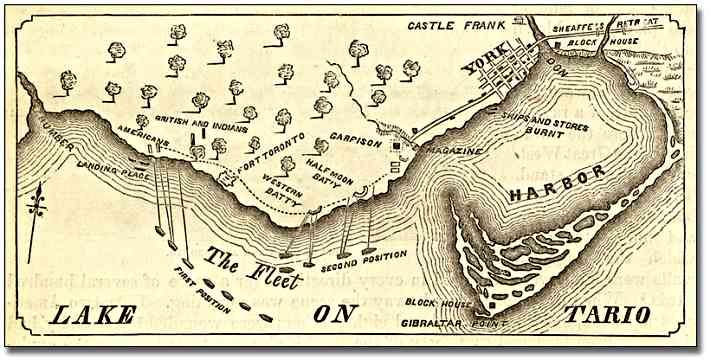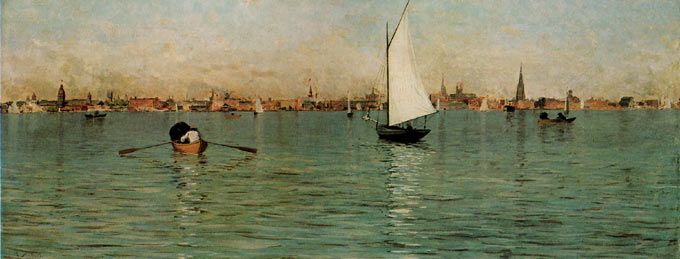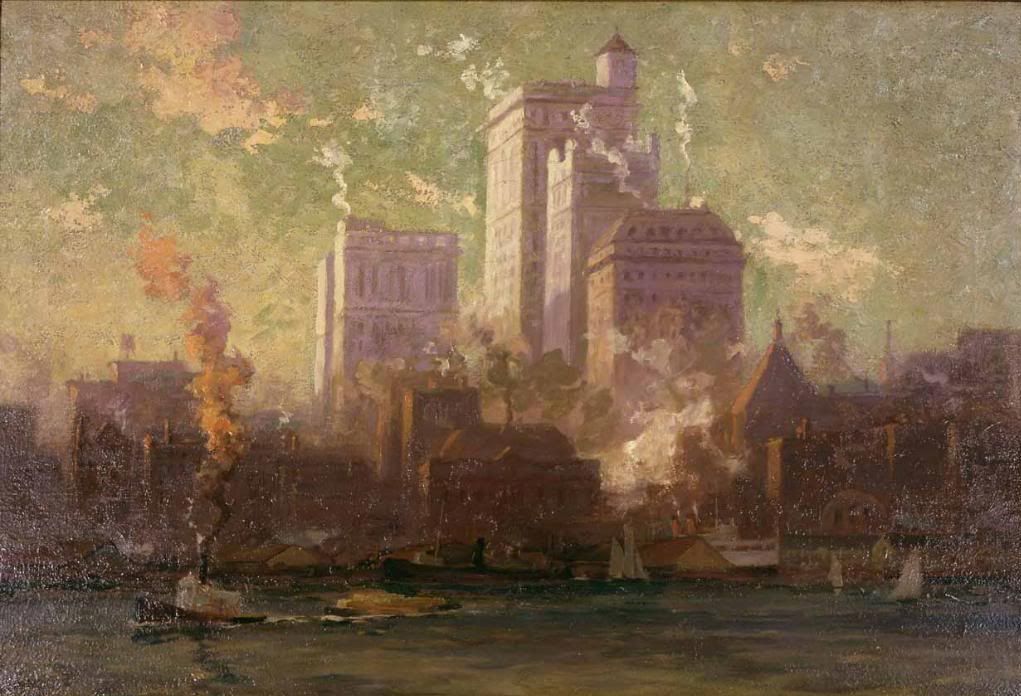thecharioteer
Senior Member
Toronto the Good:
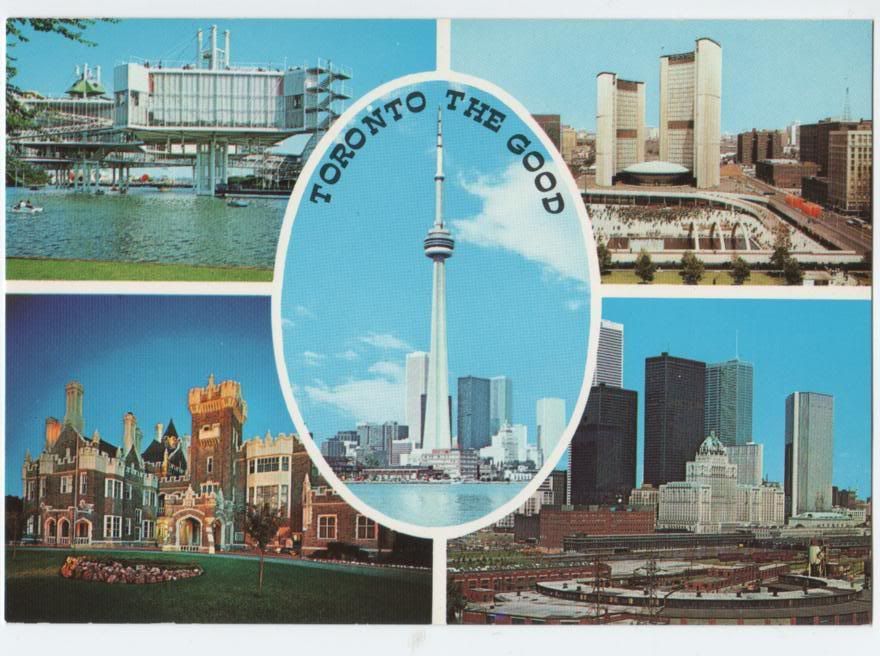


Wow! That deepend would have been perfect for that ERA Concrete Toronto book.
I must say, I'm currently being sold on concrete myself - if only for the fact that I'm currently in the market for quieter digs.
Speaking of which (slightly off topic), anyone here live in a concrete building? I never have. Is the noise reduction from adjacent units really what its cracked-up to be?
Toronto the Good:

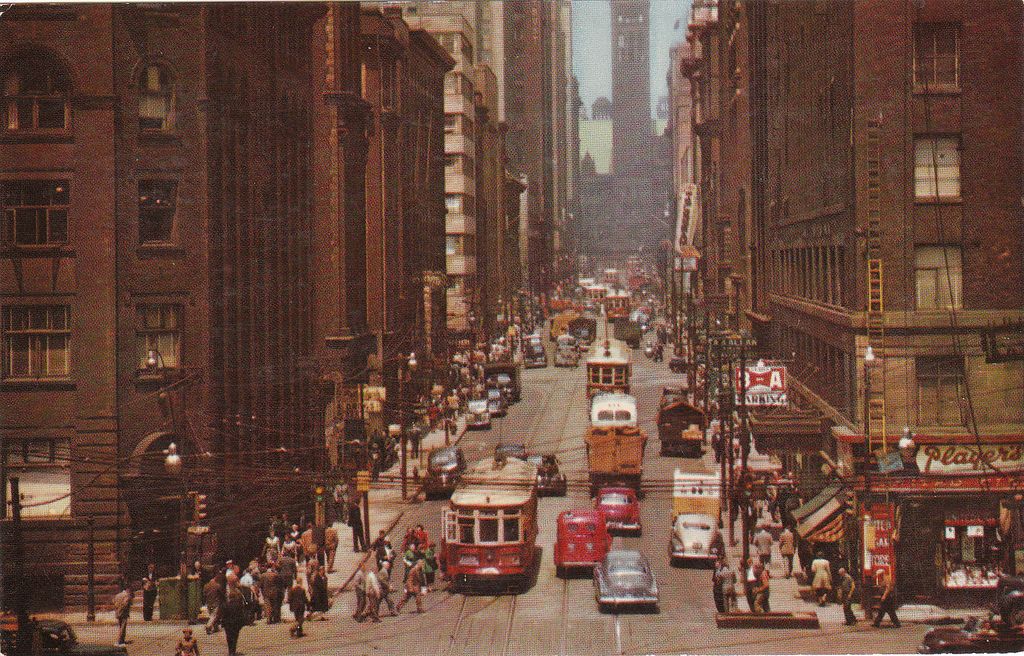
Bay looking north:


beautiful colour in that one--very painterly...
the design of the street cars seems somewhat anachronistic, as they are very much a part of an earlier era. when one looks at the roundness of the auto designs, you realize that the Red Rocket can't be very far away...
Bay looking north:



